Select a medical product below to find out more information
 |
 |
 |
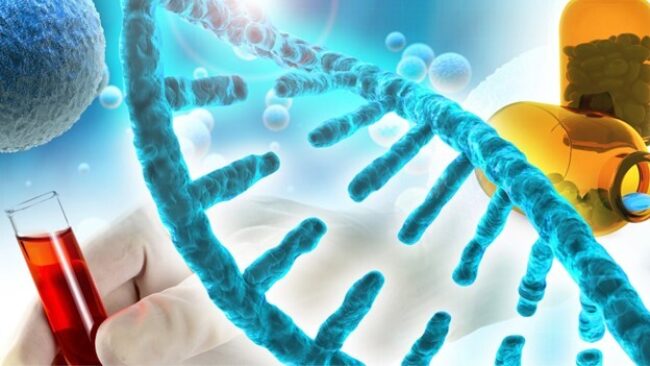 |
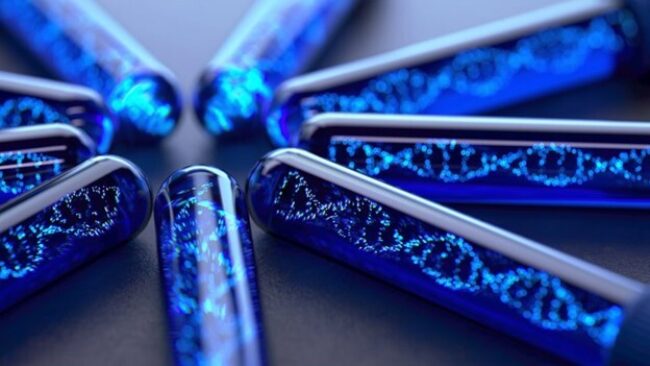 |
Novel drugs |
Generic drugs |
Over-the-counter (OTC) drugs |
Biologics |
Biosimilars |
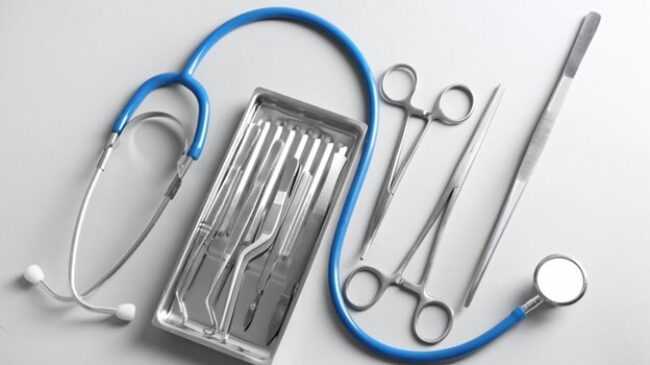 |
 |
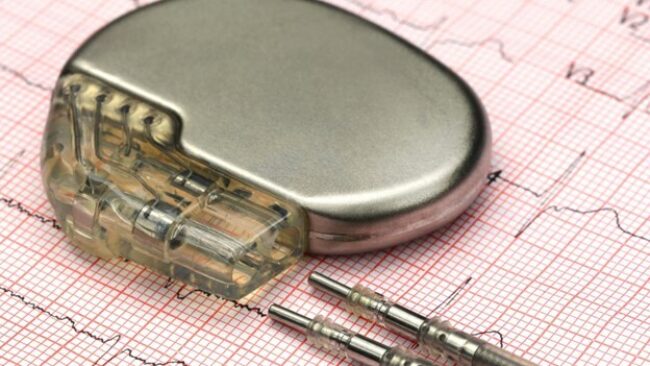 |
 |
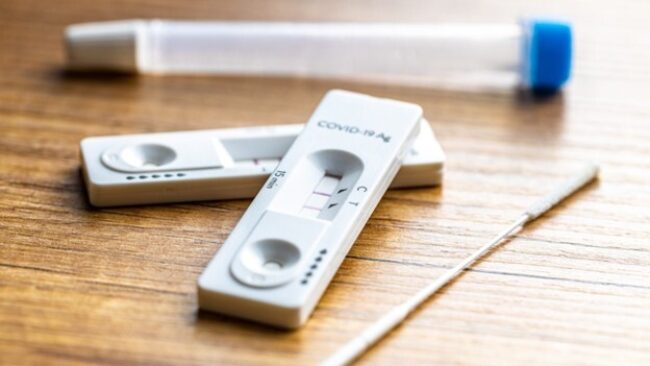 |
Class I devices |
Class II devices |
Class III devices |
Combination products |
In vitro diagnostic (IVD) products |
Therapeutic Product Lifecycle

Developing a drug, biologic, or medical device is costly and takes a great deal of effort. The flowchart above shows a general overview of the stages involved in the lifecycle of these therapeutic products. Once a target therapy is discovered for the diagnosis, treatment, mitigation, or cure of a disease or condition, researchers work on translating that therapy into something useful and beneficial for humans. Pre-clinical testing starts in the lab, which can include animal research. For devices, this is where prototypes are developed. Clinical testing in humans comes next and requires submission to the FDA for authorization to begin trials. This includes submitting an Investigational New Drug (IND) application for drugs and biologics, and an Investigational Device Exemption (IDE) application for class III medical devices. Note that not all devices require clinical testing.
When trials generate data demonstrating the safety and efficacy of a therapeutic product, that data is submitted to the FDA to obtain approval to make it commercially available. This includes submitting a New Drug Application (NDA) or an Abbreviated New Drug Application (ANDA) for drugs, a Biologics License Application (BLA) for biologics, or a Premarket Approval (PMA) for devices. Most class I devices are exempt from premarket submissions, and class II devices that are exempt can submit a 510(k) Premarket Notification. Once on the market, these products are still monitored for safety.